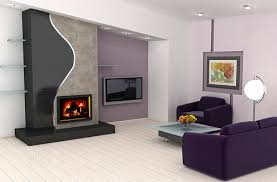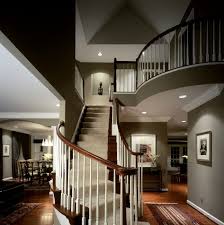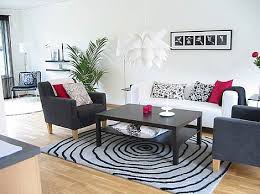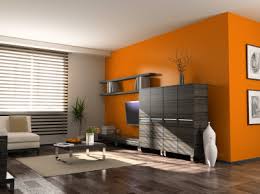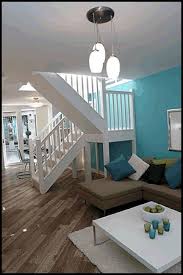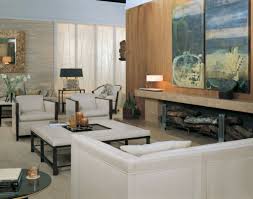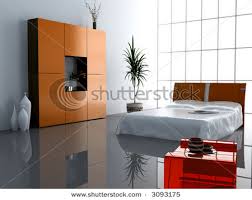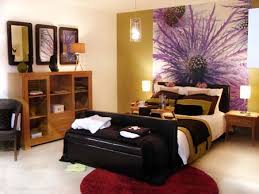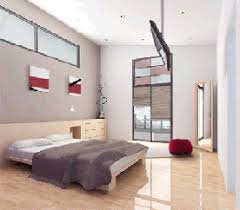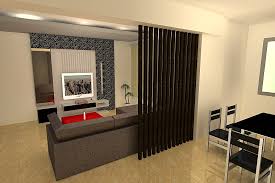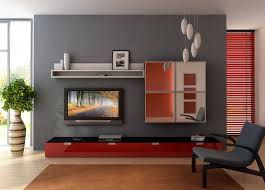








Minimalist style is based on the ideas that “less is more” meaning the less objects the better the space will look. Here is a spectacular list of 7 clean minimalist homes. Whether you like or dislike the minimalist style these homes should leave you calm and less stressful. 1. Casa C by architects Duilio Damilano 2. Garden and Sea by architect Takao Shiotsuka 3. Orr House by Swatt Architects 4. Woodside Bay Home by Hillery Priest Architecture 5. Openhouse by XTEN Architecture 6. Boso house by Kiyonobu Nakagame Architects
7. Somosaguas home by A-cero Architects This is a post from Home Design Find 7 Clean Minimalist Homes Related posts: Szirtes House by Chenchow Little Architects Remuera House Xten Open House
How to Create a Minimalist Home
There are actually no set steps to making your home minimalist, except to change your philosophy and shoot for the ideals in the previous section above. But here are some tips that I would offer to anyone trying to shoot for minimalism:
1. One room at a time. Unless you’re just moving into a place, it’s hard to simplify an entire house at once. Focus on one room, and let that be your center of calm. Use it to inspire you to simplify the next room, and the next. Then do the same outside!
2. Start with furniture. The biggest things in any room are the furniture, so you should always begin simplifying a room by looking at the furniture. The fewer pieces of furniture, the better (within reason, of course). Think of which furniture can be eliminated without sacrificing comfort and livability. Go for a few pieces of plain, simple furniture (example of a minimalist coffee table) with solid, subdued colors.
3. Only the essentials. Whether looking at your furniture or anything else in the room, ask yourself if the item is truly essential. If you can live without it, get it out. Try to strip the room down to its essentials — you can always add a few choice items beyond the essentials later.
4. Clear floors. Except for the furniture, your floors should be completely clear. Nothing should clutter the floor, nothing should be stacked, nothing should be stored on the floor. Once you’ve gotten your furniture down to the bare essentials, clear everything else on the floor — either donate it, trash it, or find a place for it out of sight.
5. Clear surfaces. Same thing with all flat surfaces. Don’t have anything on them, except one or two simple decorations (See Tip 9 below). Donate, trash or find an out-of-sight storage spot for everything else. It will make everything much, much more minimal-looking.
6. Clear walls. Some people hang all kinds of stuff on their walls. No can do in a minimalist home. Clear your walls except for one or two simple pieces of nice artwork (see Tip 8 below).
7. Store stuff out of sight. This has been mentioned in the above tips, but you should store everything you need out of sight, in drawers and cabinets. Bookshelves can be used to store books or DVDs or CDs, but shouldn’t have much else except a few simple decorations (not whole collections of things).
8. Declutter. If you are clearing flat surfaces and the floor, and storing stuff in cabinets and drawers, you’ll probably want to declutter your storage areas too. You can do this in a later stage if you want. See How to Declutter for more.
9. Simple artwork. To keep a room from being boring, you can put a simple painting, drawing or photo, framed with a subdued, solid color, on each wall if you want. Leave some walls bare if possible.
10. Simple decorations. As mentioned in the above tips, one or two simple decorations can serve as accents for a minimalist room. A vase of flowers or a small potted plant are two classic examples. If the rest of your room has subdued colors, your accents could use a bright color (such as red, or yellow) to draw the eye and give a plain room a splash of energy.
11. Plain window treatments. Bare windows, or simple, solid colored curtains, or simple, wooden blinds are good. Too much ornate stuff around the windows is clutter.
12. Plain patterns. Solid colors are best for floor coverings (if you have any), furniture, etc. Complex patterns, such as flowers or checkers, are visual clutter.
13. Subdued colors. As mentioned in Tip 9 above, you can have a splash of bright color in the room, but most of the room should be more subtle colors - white is classic minimalist, but really any solid colors that don’t stress the eyes is good (earth colors come to mind, such as blues, browns, tans, greens).
14. Edit and eliminate. When you’ve simplified a room, you can probably do more. Give it a couple of days, then look at everything with a fresh eye. What can be eliminated? Stored out of sight? What’s not essential? You can come back to each room every few months, and sometimes you’ll discover things you can simplify even more.
15. Place for everything. I’ve discussed this in other posts, but in a minimalist house, it’s important that you find a place for everything, and remember where those places are. Where does you blender go? Give it a spot, and stick with it. Aim for logical spots that are close to where the thing is used, to make things more efficient, but the key is to designate a spot.
16. Sit back, relax, and enjoy. Once you’ve simplified a room, take a moment to look around and enjoy it. It’s so peaceful and satisfying. This is the reward for your hard work. Ahhhh. So nice!


